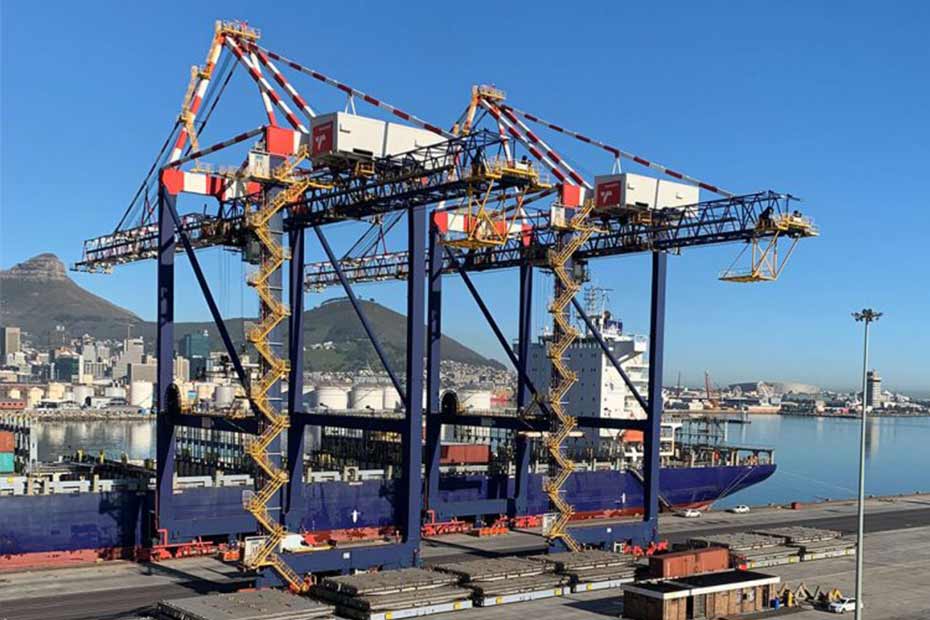Overhead crane brakes are an essential component of crane operations, providing safety, precision, and control. Whether used in heavy industries, warehouses, or construction sites, overhead cranes rely on effective braking systems to manage loads safely and efficiently. These brake systems ensure the crane can stop, hold, and control loads during lifting and lowering, preventing accidents and protecting valuable materials and equipment.
This article explores the braking systems used in overhead cranes, their components, and their importance in industrial operations.
The Role of Overhead Crane Brakes
Overhead crane brakes are designed to:
- Control Movement: Safely manage the acceleration and deceleration of the crane’s hoist, trolley, or bridge.
- Stop Loads: Halt the crane’s operation during emergencies or when the load reaches its destination.
- Hold Loads: Secure the load in place to prevent unintended movement, especially during downtime or repairs.
- Prevent Overloading: Some brake systems include overload protection, ensuring the crane doesn’t lift beyond its capacity.
Components of Overhead Crane Brakes
An overhead crane braking system consists of several key components, including:
Brake Shoes: These press against a drum or disc to create friction, slowing or stopping the crane’s motion.
- Brake Drums or Discs: The surface against which the brake shoes or pads apply pressure to create friction.
- Actuators: Devices that apply force to engage the brakes, typically powered hydraulically, pneumatically, or electrically.
- Springs: In fail-safe systems, springs engage the brake automatically in the event of power loss.
- Controllers: Systems that regulate brake application, allowing precise control over braking intensity.
- Sensors: Monitor the brake system’s performance and signal when maintenance is needed.
Types of Overhead Crane Brakes
Different types of brakes are used in overhead cranes, depending on the application and operational requirements:
- Hoist Brakes: Hoist brakes control the lifting and lowering of the load. They ensure the load remains secure when the hoist is stationary. These are typically drum or disc brakes with high torque capacity.
- Trolley Brakes: Trolley brakes control the movement of the crane’s trolley along the bridge. They ensure smooth and precise positioning during horizontal load transport.
- Bridge Brakes: Bridge brakes control the crane’s movement along the runway. These brakes are essential for stopping the crane safely and precisely when traversing large distances.
- Emergency Brakes: Emergency brakes are activated in case of a power failure or system malfunction. These fail-safe brakes engage automatically to secure the load and prevent accidents.
How Overhead Crane Brakes Work
Overhead crane brakes use friction to manage motion. The basic operation involves:
- Engagement: When the brake is activated, actuators press the brake shoes or pads against the drum or disc.
- Friction Generation: The resulting friction slows or stops the movement of the hoist, trolley, or bridge.
- Disengagement: When released, the brake shoes or pads move away from the drum or disc, allowing the crane to operate freely.
Modern crane brakes are often integrated with automated systems for precise control and monitoring, enhancing safety and efficiency.
Benefits of Reliable Overhead Crane Brakes
- Enhanced Safety: Prevents accidents by securely holding loads in place.
- Improved Precision: Allows for precise load positioning, which is crucial in manufacturing and assembly operations.
- Operational Efficiency: Reduces downtime caused by load instability or braking issues.
- Compliance with Regulations: Ensures adherence to safety standards and guidelines for crane operations.
Maintenance of Overhead Crane Brakes
To ensure optimal performance and safety, regular maintenance is crucial:
- Inspection: Regularly check brake components for wear, damage, or misalignment.
- Lubrication: Apply appropriate lubricants to moving parts to reduce wear and tear.
- Replacement: Replace worn-out brake shoes, pads, or other components promptly to prevent failures.
- Testing: Periodically test the braking system to ensure it functions as intended under load.
FAQs About Overhead Crane Brakes
What type of brakes are used in overhead cranes?
Depending on the application, overhead cranes typically use drum brakes, disc brakes, or electromagnetic brakes. Hoist brakes, trolley brakes, and bridge brakes are common types.
How do emergency brakes work in overhead cranes?
Emergency brakes are fail-safe systems that engage automatically in the event of power loss or system failure. They rely on spring tension to apply braking force without external power.
How often should overhead crane brakes be inspected?
Brakes should be inspected regularly as part of routine maintenance. The frequency depends on usage, but monthly or quarterly checks are recommended for most industrial operations.
What are the signs of brake wear in overhead cranes?
Common signs include reduced braking efficiency, unusual noises, visible wear on brake shoes or pads, and increased stopping distances.
Why is brake maintenance important for overhead cranes?
Regular maintenance ensures the brakes function reliably, preventing accidents, reducing downtime, and extending the braking system’s lifespan.
Overhead crane brakes are vital for ensuring safe and efficient operations in industrial environments. They provide precise control, prevent accidents, and secure loads during lifting, lowering, and transportation. By understanding their function and maintaining them regularly, businesses can enhance operational safety and efficiency.
Contact Huebner Speed Monitoring for Details
Huebner Speed Monitoring specialises in industrial overhead crane brakes designed for safety-critical applications. Our brakes are engineered to deliver reliable performance in demanding environments, ensuring peace of mind for operators and businesses alike. Contact us today to learn more about our solutions for overhead crane brakes!

